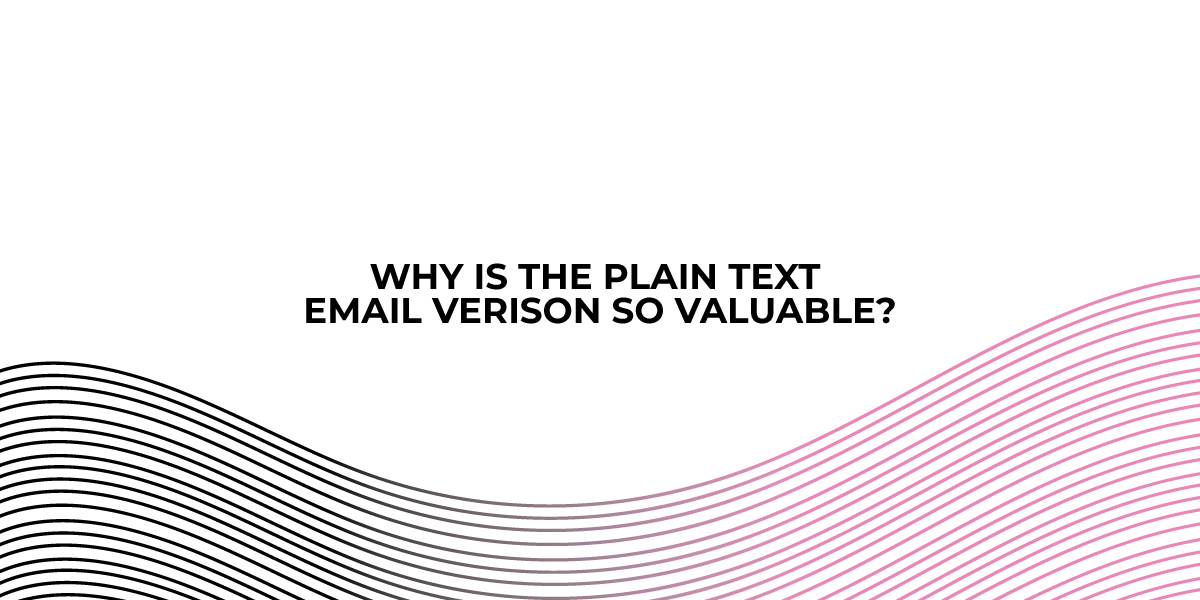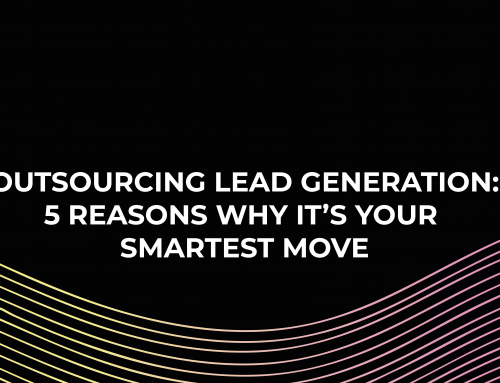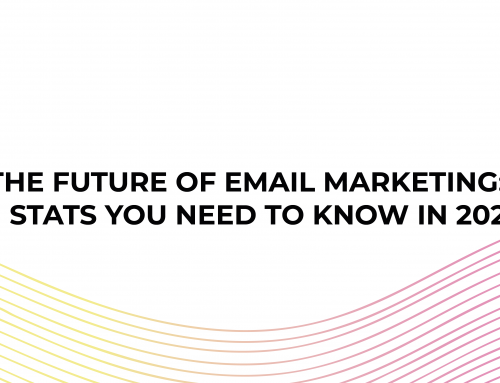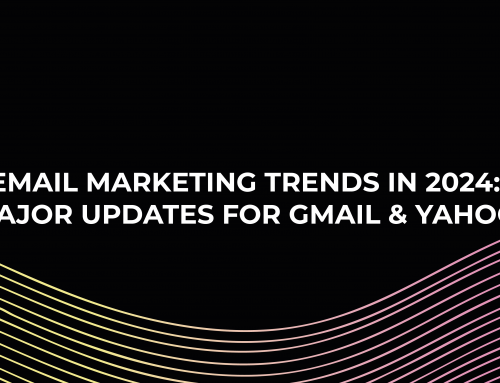Email marketing, particularly for ecommerce, favours strong, eye-catching HTML emails. We’re talking about stunning product images, a plethora of styles and colours, big call-to-action buttons, and, as of recently, videos and GIFs. After all, your emails compete with so many other emails for clicks that you may as well utilize every tool in your arsenal.
So, although it may seem counterintuitive, removing all of the bells and whistles is occasionally useful and sending out a plain text email.
Yes, PLAIN TEXT. There’s nothing but black text on a white backdrop in the default font, with a blue, underlined link.
In this post, we’ll look at the benefits of sending plain text emails, as well as some tactics for maximizing their efficacy when you begin implementing them into your email marketing efforts.
What Is A Plain Text Email?
Plain text emails are just that—plain text. They are the email equivalent to a letter written on a typewriter—no images, no pretty fonts, no hyperlinks. While they may not be nearly as attractive as HTML-based emails, they play a significant role in a well-rounded email marketing strategy.
– Jason Rodriguez for Litmus, Why plain text emails are still valuable in 2021 (and how to make them look strong), 2021
The Benefits of Plain Text Email
Clients do not only prefer plain text emails over HTML emails, but they may also serve as an insurance policy for your HTML emails. Creating a plain text version of your emails can greatly improve your email approach.
The plain text seems more genuine and friendly.
Gary Halbert, a prominent copywriter, describes the notion of people’s “A pile” and “B pile” of mail in his book The Boron Letters (or email). We cognitively categorize the messages we receive into two groups.
- The “A pile” comprises items that are or seem to be personal, such as communications from friends, family, and work.
- The “B pile” contains all the commercial correspondence we get, including cold inquiries, requests for items, and marketing emails.
The material in the “A pile” will undoubtedly be read. If anything in the “B pile” properly catches our attention and we’re not preoccupied with anything else, we may read it.
This is when plain text emails come in handy. While these are commercial emails, they have an “A pile” vibe about them.
- The email’s From field is frequently a genuine person’s name.
- They’re mostly written in the first person.
- A representative of the firm generally signs them.
Emails sent in plain text are more likely to be delivered.
Your marketing emails must get into the inboxes of your subscribers. Most of your HTML emails most likely will. However, plain text emails have an even greater chance—according to one research, they had a 100 percent deliverability rate.
How? Your HTML emails may have broken links or tags, which might cause them to be routed from the inbox to the spam bin. It’s simply the way the game is played. Because of this, ensuring deliverability is quite challenging when dealing with HTML.
Because they lack HTML, plain text emails assure deliverability. Email providers and users will not see HTML hitches or blocked graphics when using plain text versions, resulting in a positive email experience.
Plain text versions are beneficial in non-traditional inboxes.
When presenting or reading emails to consumers, smart watches, gaming gadgets, and voice assistants are all likely to utilize plain text emails rather than HTML. Plain text emails that are correctly written and structured will perform considerably better on Apple Watches than HTML emails. They are more likely to operate in future non-traditional inboxes that we haven’t seen yet.
Plain text emails have increased click-through rates.
Yes, it’s true. Plain text emails outperform HTML emails in study after study. Here’s a look at some of the research on plain text and HTML emails.
- In every single A/B test, the email with the simplest design and fewest HTML components won statistically.
- Plain text emails showed a 17 percent higher unique CTR and a 21% higher click-to-open rate than HTML emails.
- A text version of an email produced 194.5 per cent more visits to the website than an image-heavy version—and 303 percent more revenue—in an A/B test of 100,000 users.
What Other Ways Can I Use Plain Text Emails?
You’ve certainly heard a lot about how email is a one-to-one marketing channel; it’s one of the few methods we can engage directly with an individual subscriber or consumer (as opposed to a widely broadcasted Tweet or display ad).
A text-only email might contribute to this personalised feel since it seems to come from an individual rather than a corporation or brand. This one-to-one impression may increase subscriber engagement. However, remember that you won’t be able to measure open rates or click tracking with plain text emails.
Plain text emails are also ideal for transactional emails, which are short messages confirming a subscriber’s purchase or activity.
How to Convert Plain-Text Emails into Conversion Machines
If you try a plain text email campaign, keep in mind that the content will still need to be optimized. Remember the following while using plain text:
- The content should be distinct and simple to read.
- Use a font size of 12 points or bigger.
- Always use sans-serif fonts! (For example, Arial, Calibri, Verdana, or Franklin Gothic Book.)
- Avoid fonts with curved edges that are hard to read.
- Ensure that the foreground and background colours contrast sharply.
Conclusion
So, there you have it: the lowdown on plain text emails. They deserve greater attention. Depending on your audience and email marketing objectives, they can perform incredibly well for you. And if you have any findings of plain text emails outperforming HTML emails, please post them in the comments.




